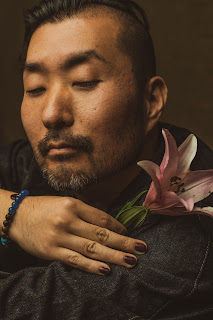Chapter 7: Self-Deprecation & Self-Sabotage; Skee-Lo & Tim Duncan

"A lily or a rose never pretends, and its beauty is that it is what it is." - Jiddu Krishnamurti Music is such a time capsule so we will romanticize the music from our formative years as the "golden age". I will resist the urge to be old man yelling at cloud and say that the music of the 80's and 90's is far superior to the music of Gen-Z, signaling that I'm officially washed. One of the formative songs of my adolescence was 1995's "I Wish" by Skee-Lo, the very definition of a one-hit wonder. While rap music can often characterized by braggadocios hyper-masculinity, this track was a humorous, self-deprecating lament on personal shortcomings. "I wish I was a little bit taller, I wish I was a baller. I wish I had a girl who looked good, I would call her...". Even though Skee-Lo was a black man from Los Angeles via Chicago, "I Wish" was for me the quintessential Korean American male anthem, as a 5'9" Korean male...



